
Titanium and its alloys are popular manufacturing materials, from automotive and aerospace parts to medical implants. It offers high mechanical strength, corrosion resistance, hardness, biocompatibility, and other serval beneficial properties. The hardness of titanium requires tooling material and other considerations in conventional machining. So, it is common to have questions like can titanium be engraved? The answer is yes.
Titanium laser engraving does not have any limitations like shear machining processes. The intense heat of the laser beam precisely removes the material and engraves the designed letters, logos, or patterns on workpieces.
Furthermore, we will discuss how laser engraves titanium, the advantages of using laser engravers for it, and application examples.
How to Enrave Titanium with Laser?
It is a type of laser engraving metal that transfers the required design into titanium components. Unlike shear-cutting, the tool does not make physical contact with the workpiece and makes it easy to engrave tough material like titanium.
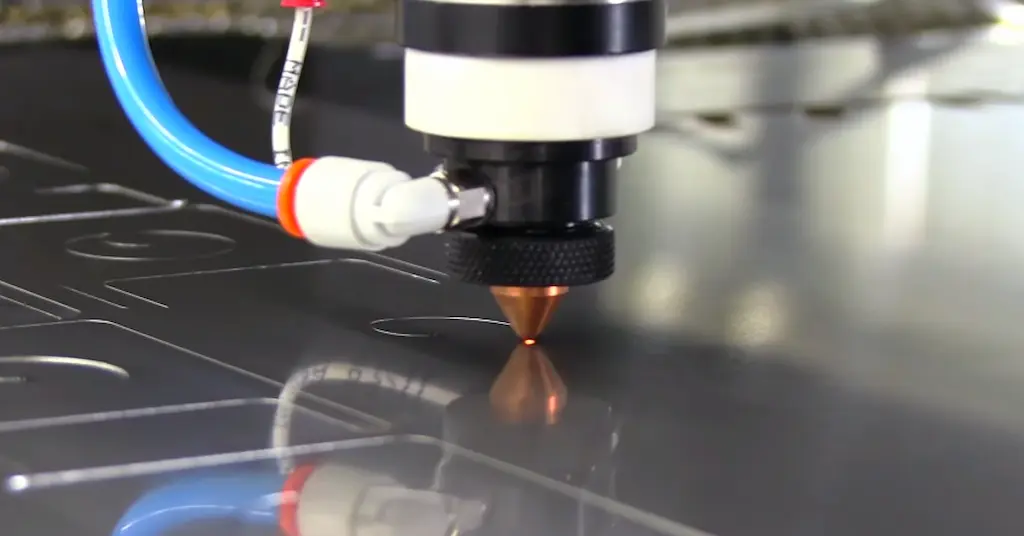
Titanium laser engraving process
The advanced CNC laser engravers automate the process with the use of computer-controlled laser beam movement, which is done by controlling the laser head. Computer software like lighBurn, Laser GRBL, and Inkspace converts the prepared design of engraving into an instriction file for the engraving machine. However, you can also convert them into design software like AutoCAD itself with the corresponding CAM extensions.
Here are the steps for the titanium laser engraving process;
Step 1: Designing the Engraving Shpe
First, the design to be engraved is prepared on the CAD software. It can be anything, logos, signages, letters, numbers, or a specific pattern. Clear dimensions and tolerances are essential in the engraving design for accurate results.
Step 2: Creating the CNC Programming File
Design software itself or secondary software like InkSpace interprets the design and generates the codes that the engraver can understand and automate the laser head movement accordingly.
Step 3: Setting Up the Machine
Fiber lasers are common for titanium engraving. So, the laser engraver with fiber sources is arranged to craft the design on a titanium surface.
- Clamp the workpiece in the machine bed
- Set the parameters such as power, speed, and focus based on engraving depth.
- Adjust the laser heat initial position
Step 4: Test Run on Sample Titanium Parts
It is advised to conduct a test run on sample titanium workpieces before proceeding with the actual engraving. This step allows you to verify that the machine settings are optimal for the desired result. It also suggests potential issues with the laser’s power, speed, or focus that may affect the engraving’s accuracy or quality.
Step 5: Engraving Process
Once the machine is properly set up and the test run is successful, the engraving process on the titanium part begins. The laser head follows the pre-determined instructions and the narrow beam moves accordingly. This high-energy beam vaporizes the material’s surface and leaves the permanent engraving. Meanwhile, it might require multiple passes depending on the complexity and depth.
Try Prolean Now!
Benefits of Titanium Laser Engraving
Like every other metal engraving with laser, there are many benefits of engraving titanium parts;
- Permanent Marks: The marks with grooves or cavities make them durable as long the parent part lasts.
- Clarity: The laser engraved features on titanium are clean and clear, easy to read and understand.
- Precision: The CNC control of the laser head precisely passes the beam and produces accurate and consistent cuts across the batches.
- Engraving Anodized Titanium: Even painted or finished parts are possible to mark with the laser engraving process. Eg, laser marking anodized titanium is popular for decorative items.
- No Hardness Challenge: Unlike conventional engraving, there is no risk of tool wear or machining access with the laser beam.
- Engraving Speed: The automation provides high engraving speed, including for complex designs.
What Are the Uses of Titanium Laser Engraving in Industrial Manufacturing?
Automotive, aerospace, medical, electronics, and various other industries use titanium engraving for brand symbols, logos, signage, numbers, letters, aesthetic crafts, etc. These types of permanent engraving do not fade away over time. Meanwhile, it is also possible to engrave anodized or coated titanium components.
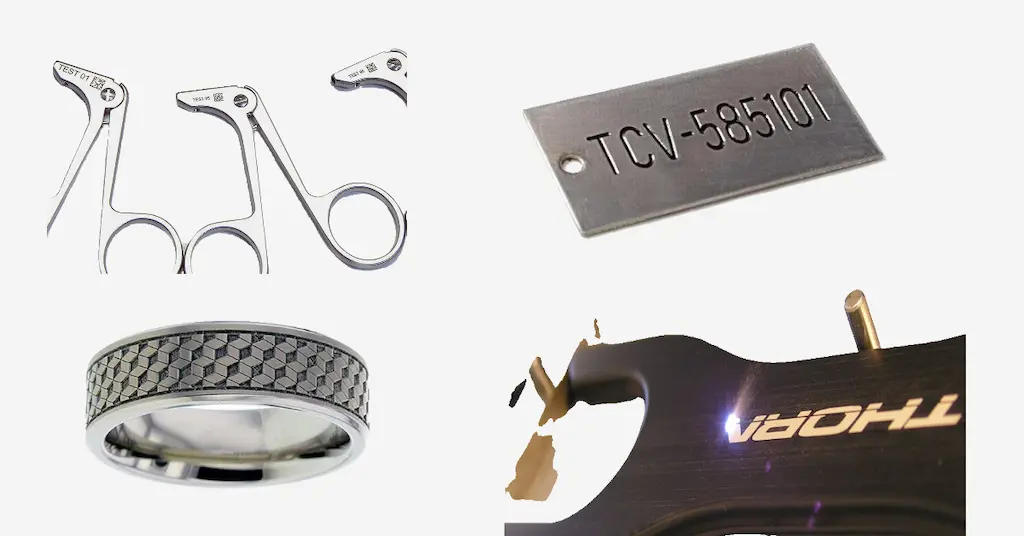
Laser-engraved titanium components
For example, most vehicle brands use laser engraving logo, technical information on auto parts, traceability codes, etc. Other industrial components also use this technique ;
| Industry | Application | Application Examples |
| Aerospace | Part identification and traceability like serieal numbers, part code, etc. | Engine components, turbine blades, fasteners, fuel system components, etc. |
| Medical Devices | Permanent marks on surgical instruments and implants | Titanium dental implants, surgical scalpels, bone screws, and prosthetics. |
| Automotive | Creation of custom features and component labeling | Gear shifters, brake calipers, exhaust systems, engine brackets, and valve components. |
| Electronics | Brand logos and markings on electronic casings | Smartphone casings, smartwatches, laptop hinges, electronic enclosures |
| Jewelry | Engraving text, pattern, etc, on custom jewelry design | Wedding bands, bracelets, necklaces, pendants, etc. |
| Oil & Gas | Tool and equipment identification | Drill bits, piping systems, pressure vessels, and oil rig equipment. |
Laser Engraving Vs. Laser Marking vs. Laser Etching Titanium
First, the laser marking titanium does not involve removing the material to create the design. Instead, it discolors the specified marks through laser. On the other hand, laser etching titanium refers to raised patterns or text on the surface. So, the fundamental difference between engraving vs marking and etching is whether the process involves material removal or not.
Laser marking on titanium can produce different colors and textures based on the power and absorption spectrum of a particular alloy composition.
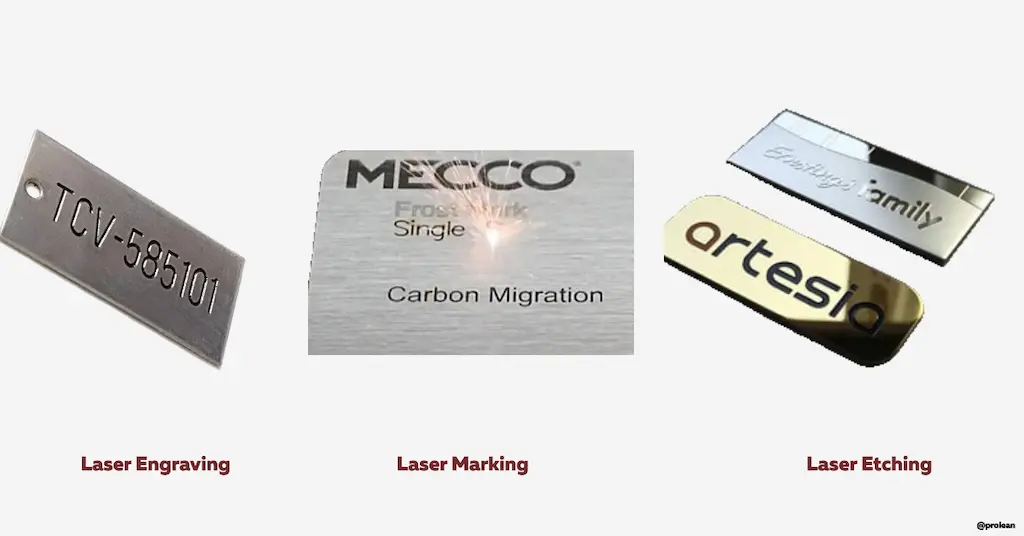
Laser engraving vs marking vs etching
The table below differentiates the laser marking titanium with marking & etching;
| Aspect | Laser Engraving | Laser Marking | Laser Etching |
| Material Removal | Significant material removal, > 0.5 mm depth | Surface discoloration and no removal | Minimal material removal, < 0.001mm |
| Appearance | Clear, deep, and textured marks. | Smooth, often dark marks due to oxidation. | Slight texture with a subtle contrast. |
| Durability | Highly resistant to wear or abrasion. | Less durable, but sufficient for identification marks. | Relatively moderate |
| Speed of Process | Slower due to deeper material penetration | No material removal increases the speed | It is faster than engraving but slower than marking. |
| Surface Effect | Siligh alteration in surface structure. | Causes color changes without surface damage. | Shallow impressions on the surface |
| Applications | Deep marking for high-wear environments. | Non-invasive marks on industrial parts. | Aesthetics and light-duty parts. |
Try Prolean Now!
Summing Up
The laser engraving penetrates the surface at a certain depth and removes material to create the designed pattern, letters, brand logos, numbers, and various other features on the titanium surface. The optimal laser power, speed, depth, and other process variables are essential for titanium laser engraving. Considering the titanium properties and its response with laser helps to optimize these variables. Meanwhile, a test run before actual engraving is always a great approach for it.
If your titanium parts need laser engraving features, our advanced CNC laser engraves can create them precisely up to specifications. We offer the laser engraving service for CNC machined, sheet metal, and casting parts. Our computer simulation and test-run strategy allows us to deliver the utmost quality at competitive prices!
FAQs
Is it possible to laser engrave titanium alloys?
Yes, laser engraving can be performed on titanium alloys, including Ti-6Al-4V. Additionally, it does not compromise the original properties.
Are there any considerations for laser marking anodized titanium?
Yes, the laser engraving variable and selection of laser equipment influence the final result. So, consider these factors before the marking process.
Are laser marking titanium and engraving similar processes?
Although both processes use laser beams, they are not the same as each other. Laser marking changes the material’s color without cutting into it, while engraving removes material to create deeper marks.
What are the other metal options for laser engraving besides titanium?
You can engrave steel, aluminum, copper, brass, stainless steel, and other numerous metals and alloys. The only thing is that the engraving variables( depth, speed, laser source, etc) vary on metal type.

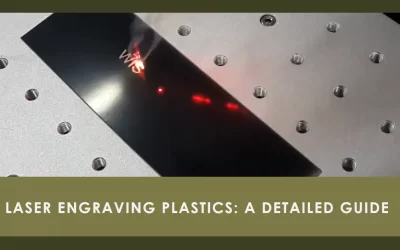
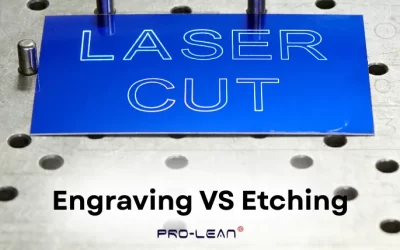
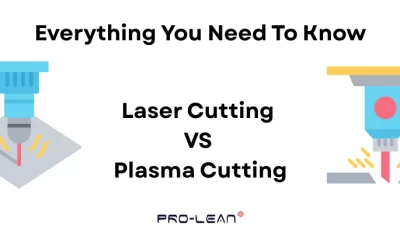
0 Comments